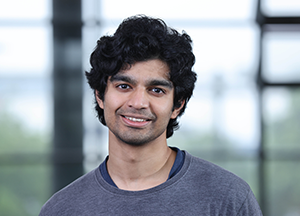 Strong interactions between charges and light-matter coupled quasiparticles offer an intriguing prospect with applications from optoelectronics to light-induced superconductivity.
Strong interactions between charges and light-matter coupled quasiparticles offer an intriguing prospect with applications from optoelectronics to light-induced superconductivity.
Here, we investigate how the interactions between electrons and exciton-polaritons in a two-dimensional semiconductor microcavity can be resonantly enhanced due to a strong coupling to a trion, i.e., an electron-exciton bound state. We develop a microscopic theory that uses a strongly screened interaction between charges to enable the summation of all possible diagrams in the polariton-electron scattering process, and we find that the polariton-electron interaction strength can be strongly varied and enhanced in the vicinity of the resonance.
We furthermore derive an analytic approximation of the interaction strength based on universal low-energy scattering theory. This is found to match extremely well with our full calculation, indicating that the trion resonance is near universal, depending more on the strength of the light-matter coupling relative to the trion binding energy rather than on the details of the electronic interactions. Thus, we expect the trion resonance in polariton-electron scattering to appear in a broad range of microcavity systems with few semiconductor layers, such as doped monolayer MoSe2 where such resonances have recently been observed experimentally [Sidler et al., Nature Physics 13, 255 (2017)].
About the presenter
Sangeet Kumar is a PhD Student at Monash University working with AI’s Jesper Levinsen and Dmitry Efimkin. He is studying novel exciton-polariton systems to investigate the dynamic of exciton-polaritons in 2D seminconductors, as part of FLEET’s Research Theme 2, Exciton Superfluids.
